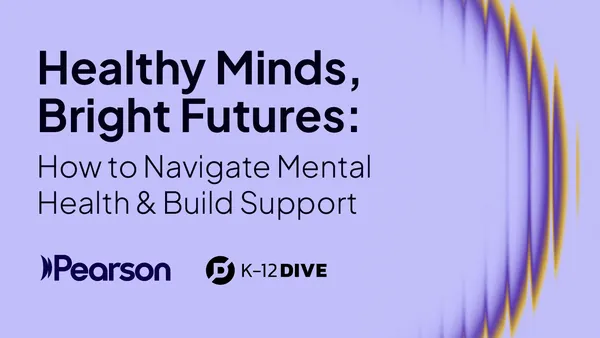Dive Brief:
- A new poll by Education Next finds that the majority of people of color oppose opting out of standardized testing, and that most students who do opt out are affluent and white.
- The survey also found that 59% of the public does not believe parents should allow children to skip tests.
- Civil rights attorney Charles F. Coleman Jr. describes the opt-out movement in the Huffington Post as "white parents from well-funded and highly performing areas are participating in petulant, poorly conceived protests that are ultimately affecting inner-city blacks at schools that need the funding and measures of accountability."
Dive Insight:
Coleman points to numbers from New York, a state that leads the nation for opting out of standardized testing, to prove his point. Just 2% of students opting out are from the city, he writes. The subsequent federal penalty for opting-out, applied to school districts whose standardized testing participation rates dip below 95%, impacts funding for schools. States at risk of going over the limit include Oregon, Rhode Island, Washington, Wisconsin, Delaware, North Carolina, Idaho, Colorado, California, Connecticut, Maine and Illinois
For those schools in high-poverty areas, potential funding deficits have a deeper and more lasting negative impact, as opposed to consequences faced by wealthier subrban schools.
The braided issues of race and class are ripe additions to the conversation around standardized testing and the growing opt-out movement. A reported one in five New York students opted out last year, a 400% increase over the year before. In 2015, a total 20% of students in grades 3-8 opted not to take state tests. Those statistics spurred the state to create a toolkit for school and district leaders to utilize in responding to testing opt-outs. In New York, statistical hurdles now exist for analyzing student performance.
School, district, and state leaders need to pay close attention and understand their opt-out numbers, because they can increase swiftly. A recent survey by District Administration shows that 39% of school staffers and district leaders believe that more students will opt out this year.






 Dive Awards
Dive Awards





